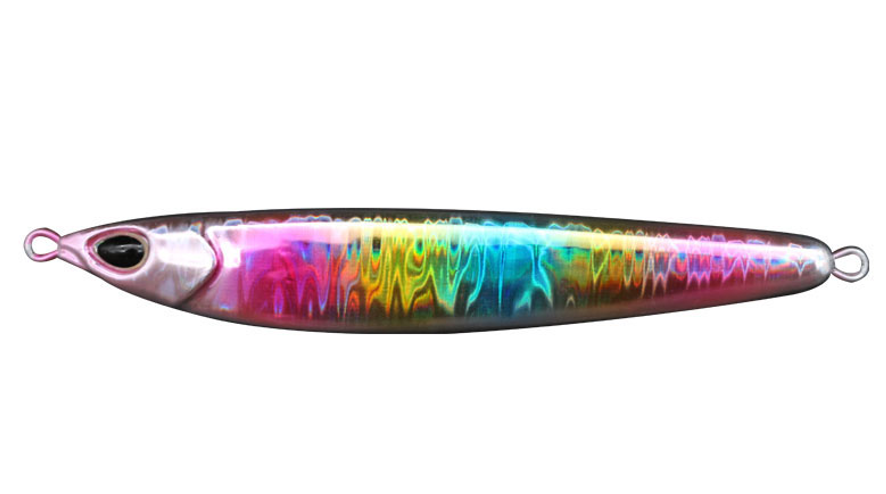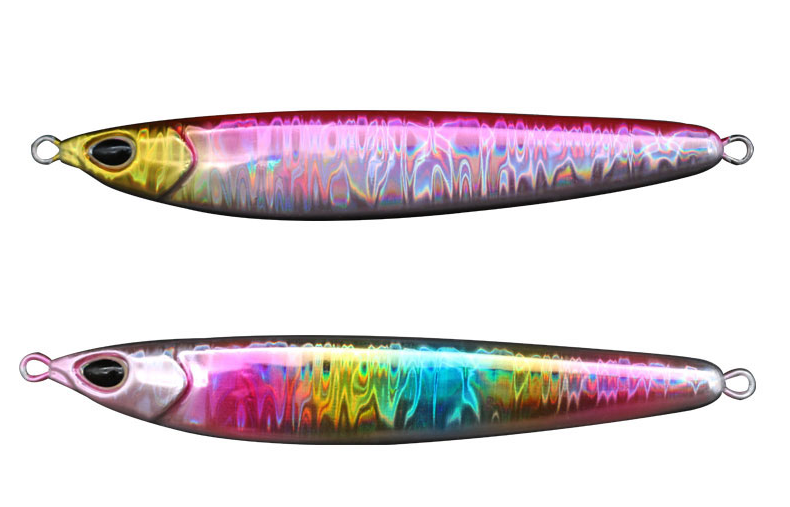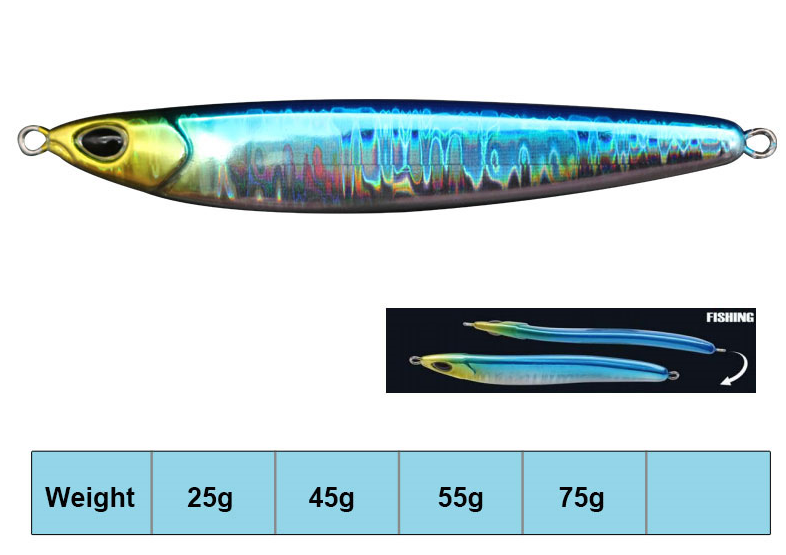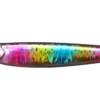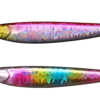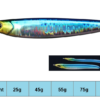25g 45g 55g 75g Sardine Slider Metal Jig Lure Long Casting Fishing Jig Slow Pitch Jigging Bait
Informazioni aggiuntive
| Colore | optional |
|---|---|
| Material | Lead, metal |
| Weight | 25g,45g,55g,75g |
| Model | TX-14 |
| Package | PVC Bag |
Product Details:
Metal jigs are popular among anglers for their simplicity, versatility, and effectiveness across a wide range of fishing environments. Designed to resemble injured or fleeing baitfish, these lures offer a realistic appearance and movement that draws in predatory fish. In this comprehensive guide, we’ll delve into everything you need to know about metal jigs—from choosing the right jig for different conditions to mastering the best techniques. Whether you’re fishing in saltwater or freshwater, this article will equip you with the knowledge to make the most of metal jigs on your next trip.
What Are Metal Jigs and Why Are They Effective?
Metal jigs are streamlined, weighted lures crafted from materials like lead, zinc, or other metals. Their heavy design allows them to sink quickly and reach deeper areas, which makes them perfect for targeting fish that stay lower in the water column. The jigs’ slim, baitfish-like shape helps them move in a natural, erratic motion as they’re jigged up and down, which is highly effective at triggering predatory instincts.
Metal jigs are particularly popular in saltwater fishing due to their ability to withstand strong currents and reach fish near the ocean floor. However, they’re also effective in freshwater environments for species like bass, pike, and walleye, making them versatile lures every angler should consider.
The Unique Benefits of Fishing with Metal Jigs
- Ideal for Deep-Water Fishing: Metal jigs excel at reaching the deeper parts of the water column, making them ideal for species that reside near the bottom or mid-depths, like snapper, grouper, or even bottom-dwelling fish in freshwater.
- Realistic and Erratic Action: The weighted design gives metal jigs a fluttering, jerking motion that resembles an injured or panicked fish, making them an irresistible target for hungry predators.
- Versatile for Multiple Fishing Styles: With metal jigs, you can easily switch between vertical jigging, slow-pitch, and high-speed techniques, depending on the fish species and water conditions. This versatility allows for adaptability in various fishing situations.
- Durability and Strength: Unlike soft plastic lures that may tear, metal jigs are highly durable and can withstand repeated strikes from fish with sharp teeth or strong bites.
How to Select the Right Metal Jig for Optimal Results
- Weight Selection: Choosing the right weight is crucial. Heavier jigs (100 grams or more) are ideal for deep water and stronger currents, as they sink quickly and are easier to control. Lighter jigs (20-60 grams) are suited for shallow waters or when targeting fish near the surface, as they have a slower fall and a more pronounced fluttering action.
- Color and Finish: Color can play a big role, especially when targeting specific species. For clear water, use bright, reflective colors like silver, gold, or holographic finishes, which can attract fish from afar. In murky or dark waters, darker colors or UV-enhanced finishes help the jig stand out.
- Shape and Style: The shape affects how the jig moves in the water. Slender jigs are great for fast retrieves or high-speed jigging, while flat-sided jigs create a wider flutter, which can be effective for slow-pitch jigging or when fish are less active.
- Hook Type: Metal jigs typically come with single or double assist hooks. For larger fish species, double hooks offer added security, while single hooks reduce snagging and can be easier to remove.
Techniques for Fishing with Metal Jigs: Best Practices and Tips
- Vertical Jigging: Vertical jigging involves dropping the jig to the desired depth and then lifting and dropping it repeatedly. This up-and-down movement mimics a struggling fish and is effective for both saltwater and freshwater species. To get the best results, let the jig fall to the bottom, jig it a few times, and retrieve it through the water column.
- High-Speed Jigging: This technique works well for fast-moving predators like tuna, mackerel, and amberjack. Begin by dropping the jig to the bottom, then reel in quickly while giving the rod subtle jerks. The fast retrieval creates an erratic movement that appeals to species with strong hunting instincts.
- Slow-Pitch Jigging: Slow-pitch jigging is a method that focuses on a slower, rhythmic retrieve, allowing the jig to flutter down gently between each pull. This method keeps the jig in the strike zone longer, making it ideal for bottom-feeding fish or species that prefer a slower target. Many anglers use specialized rods designed for slow-pitch jigging to enhance this technique.
- Long Jig Drops for Spooked Fish: If the fish are hesitant or spooked, try longer drops with minimal jigging. The slow, natural descent can be more subtle and give the fish confidence to strike.
When and Where to Use Metal Jigs for Maximum Success
- Deep-Sea and Offshore Fishing: Metal jigs are essential for deep-sea fishing, where reaching bottom-dwelling species is a priority. Their weight and ability to sink quickly make them the perfect choice for these environments.
- Fishing Around Structures: Rocky outcrops, shipwrecks, reefs, and similar structures are havens for fish. Using metal jigs near these features allows you to reach fish hiding within or around the structure, as the jig’s action can draw fish out from their hiding spots.
- Strong Current Areas: In areas with fast currents, metal jigs perform exceptionally well since they maintain their action and stability even in moving water, allowing you to fish confidently without losing control of the jig.
- Shallow Water Conditions: Surprisingly, metal jigs can also be effective in shallow waters when paired with a lighter weight. This allows you to target fish hiding in seagrass beds, rocky zones, or near piers where they may be feeding on baitfish.
Top Tips for Improving Your Metal Jig Fishing Technique
- Experiment with Retrieval Speeds and Styles: Don’t stick to a single jigging style—try different speeds and patterns to see what’s working that day. Fast retrieves may attract more aggressive fish, while slow, deliberate movements may work better for cautious or bottom-feeding fish.
- Upgrade Your Gear for Better Sensitivity: Sensitive rods help you detect subtle bites, especially when fishing in deep water where feedback from the jig can be reduced. A quality rod and braided line can improve sensitivity and help you feel even light taps on the jig.
- Monitor Line Tension Carefully: If your line suddenly goes slack, it could mean a fish has struck the jig as it was falling. Set the hook quickly to capitalize on these surprise bites.
- Add Assist Hooks for Improved Hook Sets: If you’re fishing for large fish species, consider using assist hooks on the top of the jig. These hooks are designed to improve hook sets, even during powerful strikes, and reduce the chances of a lost fish.
Common Mistakes to Avoid When Using Metal Jigs
- Incorrect Jig Weight for Depth: Using a jig that’s too light for the depth or current conditions can make it difficult to reach your target zone, while a jig that’s too heavy can lead to tangling or decreased action.
- Ignoring Water Conditions: Water clarity and light levels should influence your color and retrieval style. Bright jigs work best in clear water, while UV or darker colors may be more visible in cloudy or deep waters.
- Neglecting Hook Maintenance: Metal jigs undergo a lot of wear from fish strikes and underwater obstacles. Regularly inspect hooks for sharpness and replace any damaged hooks to prevent lost fish due to dull or bent hooks.
- Failing to Adapt: Sticking to the same jigging style or speed all day can reduce your chances of success. Adjust your technique to see what’s working best under current conditions and fish activity levels.
Conclusione
Fishing with metal jigs offers an exciting and effective way to target a wide range of fish species. Their unique design, combined with various techniques, makes them invaluable for anglers, whether in deep-sea environments or freshwater lakes. By selecting the right jig, experimenting with different techniques, and being mindful of common mistakes, you can maximize your success and enjoy the thrill of metal jig fishing. So, next time you head out on the water, make sure to bring a selection of metal jigs and put these tips to the test for a rewarding fishing experience.
Prodotti correlati
-
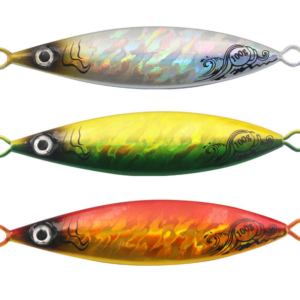
Small Metal Lead Fishing Lure Slow Jigging with Hooks for Bass Shark and Marlin in All Waters
-

3D Eye Metal Jig Lure Artificial Hard Kabura Slider Jig Head for Ocean Boat Zander Fishing 150g Bottom Fishing Weight
-
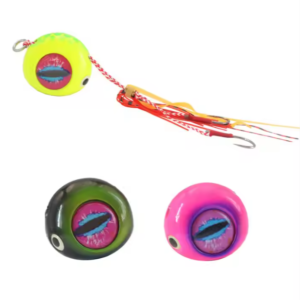
Fishing Running Sliding Replace Jigs Saltwater Fishing Lure Madai Jig
-
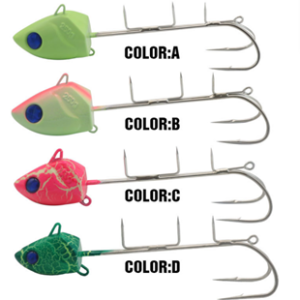
Jigging Lure Lead Fish Metal Jig Fishing Lure

